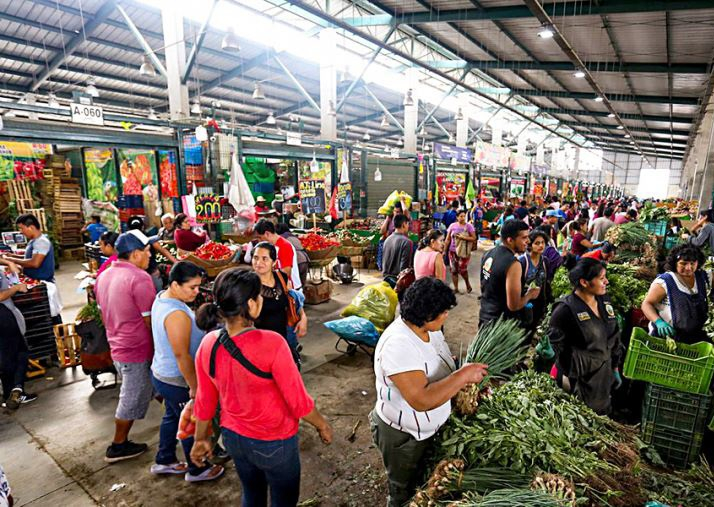
After the Minister of Economy, Alex Contreras, admitted that the Peru is in recession, the regions are analyzing the situation of each of them.
The president of the Chamber of Commerce and Production FistFrancisco Aquise, indicated that the highland region is the hardest hit by the economic recession. The most affected sectors are tourism, agriculture, mining, services, fish farming, among others.
The manager said that, according to the analysis of entities specialized in Economy, Puno has a score of -13 in terms of economic growth. The decline has occurred since the time of the pandemic, but was exacerbated during the protests from December to January.
One of the biggest complications that businessmen, has to do with the financial system. It is difficult for them to pay the loans, and due to the level of delinquency, the banks declare them ineligible for other loans.
The businessman explained that making a comparison with the period prepandemic In 2019, until 2022, tourism had reached 50% recovery of its activities. However, this year they have only reached 25%; That is, only a quarter was reactivated.
Aquise explains that the programs launched by the State, such as “Punch Peru”, does not have a great impact on entrepreneurs and the business sector, so through the regional government it coordinates a series of activities to reactivate its sector.
It takes its toll
The economist and partner of the Chamber of Commerce and Industry of Arequipa, Gonzalo Velarde, pointed out that the south is paying for the political problem that arose between December and the first quarter of this year. The social protests against the Dina Boluarte regime caused an economic gap. Added to this situation is the Russia – Ukraine conflict and the effects of the El Niño phenomenon.
Velarde maintains that if Peru is a country mining, then it has to support itself in that sector, carrying out projects such as Zafranal, which according to the company would be launched in 2025. Or that Tía María is launched.
On the other hand, there is the sector textile which, according to Velarde’s estimates, has suffered a contraction of approximately 10%. It is hit, since its most important market is the Asian-European one and with the conflicts in Europe, and now the situation between Israel and Palestine, the situation looks complex. Velarde maintains that companies in the textile sector are applying other strategies and looking for new markets that allow them to maintain themselves.
Another sector is the services sector, where the greatest reduction in personnel would be seen.
Source: Larepublica
Alia is a professional author and journalist, working at 247 news agency. She writes on various topics from economy news to general interest pieces, providing readers with relevant and informative content. With years of experience, she brings a unique perspective and in-depth analysis to her work.












